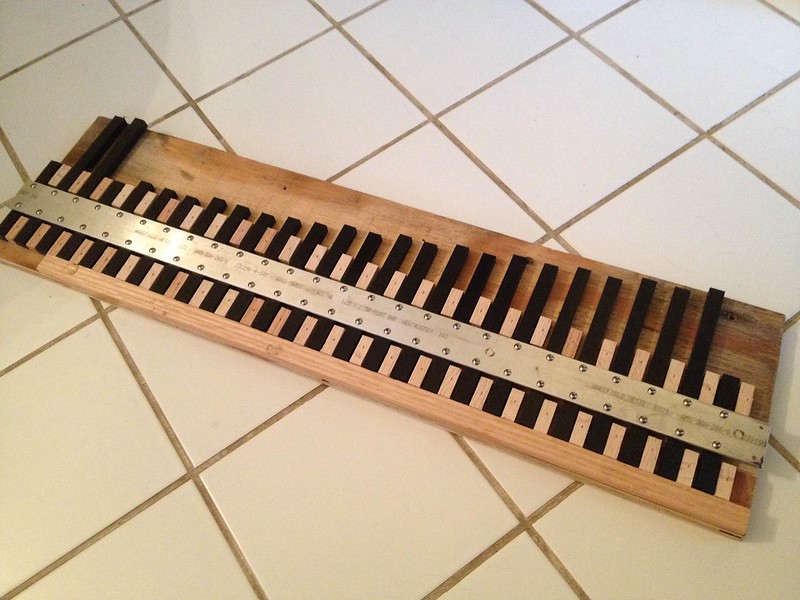Depending on the ‘trex’ you have…
I have 2 1/2 boards lying on the ground for a dozen years, they are ok. Every bit of ‘trex’ I sawed and milled; crumbled and caused head aches.
The explanation I got was the skin protects and holds it together…
The termites here love red wood, maybe the old growth heart wood will still resist, but the new farmed wood isn’t cutting it, down heah. They are even eating the sun bleached surface of my cedar! Less than a mm, closer to paper thin cleanings.
Kinda of explains why we only have cactus and thorns, they’ve eaten everything else! Oh my. (http://www.largescalecentral.com/externals/tinymce/plugins/emoticons/img/smiley-surprised.gif)
John

